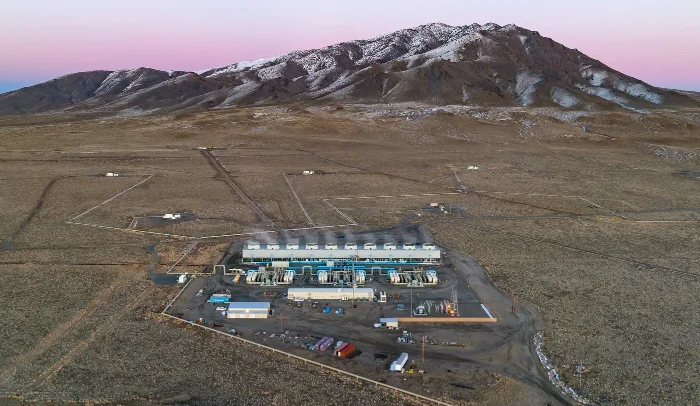Before diving into Google’s groundbreaking geothermal project, let’s understand what geothermal energy is and its significance. Geothermal energy harnesses the Earth’s internal heat, typically by tapping into hot water or steam reservoirs beneath the Earth’s surface. This renewable energy source is harnessed to generate electricity or provide heating.
Advantages of Geothermal Energy:
- Sustainability: It’s a renewable resource, as the Earth continuously produces heat.
- Consistency: Geothermal plants can generate electricity around the clock, unlike solar or wind energy, which are weather-dependent.
- Low Emissions: Producing energy through geothermal methods emits significantly fewer greenhouse gases compared to fossil fuels and in most cases, it’s considered to be entirely carbon emission-free.
Disadvantages:
- Location-Specific: Geothermal energy can only be harnessed in regions with suitable geological conditions, such as volcanic areas or hot springs.
- High Initial Costs: The cost of drilling and constructing geothermal plants can be high.
- Environmental Concerns: Geothermal plants may cause land subsidence and release harmful gases trapped beneath the Earth’s surface.
Costs:
- The costs vary widely depending on the location and technology used. Generally, the initial investment in geothermal energy is high due to drilling and exploration, but operational costs tend to be lower over time compared to traditional energy sources.

Google’s Leap into Geothermal Energy in Nevada
Google, in collaboration with clean energy startup Fervo, has launched a unique geothermal project in Nevada. This project, representing a synergy of environmental responsibility and technological innovation, aims to power two of Google’s data centers. And considering how much electricity data centers are using on cryptocurrency alone, this could be a huge step toward a more sustainable tech infrastructure.
Revolutionary Approach in a Traditional Field
Unlike typical geothermal plants that utilize natural reservoirs, this new project by Fervo operates on the fringes of an established geothermal field. “In this area, there’s hot rock, but there’s no fluid,” explains Michael Terrell, Google’s senior director of energy and climate.
To circumvent this challenge, Fervo employed a novel method, drilling two horizontal wells and creating a closed-loop system where water is heated by passing through fractures in hot rocks.
Google released a short video that offers a decent overview of their Nevada geothermal plant:
The project utilizes fiber optic cables within the wells to gather real-time data on the geothermal system’s flow, temperature, and performance. This approach, inspired by techniques from the oil and gas industry, allows for more efficient and effective energy extraction.
This initiative is part of Google’s broader goal to run on carbon pollution-free electricity around the clock by 2030.
Terrell notes the importance of such projects: “It’s part of the next set of stuff in advancing these technologies.” This particular geothermal venture promises to generate 3.5 MW, enough to power approximately 750 homes.
Geothermal energy’s ability to provide a consistent power supply sets it apart from other renewable sources like wind and solar. This reliability is a key reason Google is investing in more geothermal projects.
Collaboration for Global Geothermal Mapping
Further expanding its commitment, Google has also partnered with Project InnerSpace to develop a global geothermal resource mapping tool. This tool aims to identify potential new sites for geothermal development.
About Project InnerSpace
While specific plans for deploying geothermal energy in other data centers remain under wraps, Google’s current venture marks a significant step in sustainable energy utilization. Data centers, known for their high electricity consumption, stand to benefit greatly from this reliable, clean energy source.
Google’s foray into geothermal energy is more than just a corporate initiative; it’s a testament to the potential of renewable energy in addressing the pressing challenges of climate change and sustainable development.





















